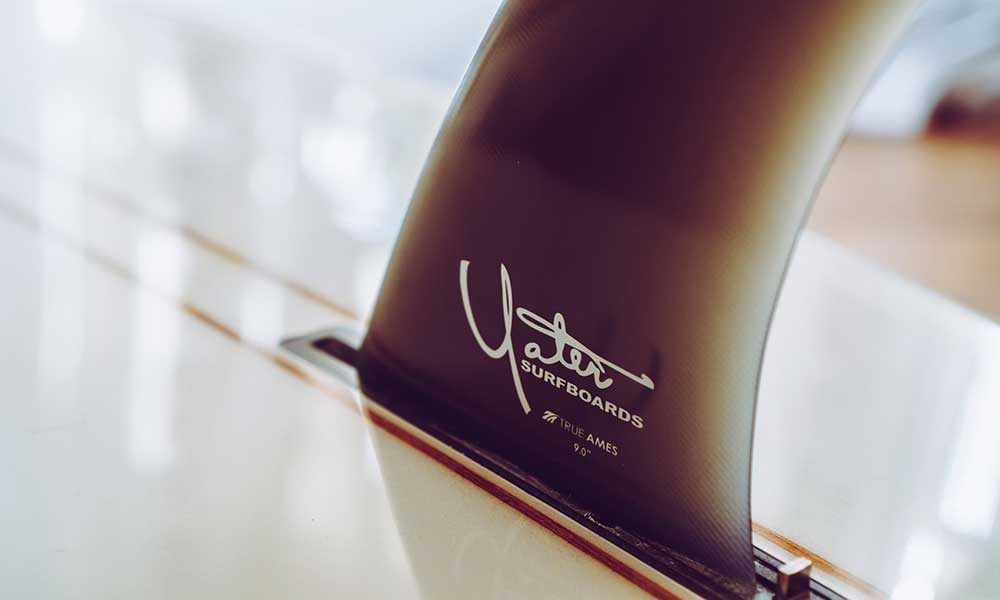Surfboard fins, just like surfboards themselves, can be made from a variety of materials and a lot of thought goes into crafting every inch, ensuring that that they deliver the speed, drive, stability, and maneuverability that you seek from a surf fin.
Take a look at the following surfboard fin materials to understand which ones work best for your needs.
Plastic Surf Fins
These fins are some of the most commonly used on modern surfboards. They are very cheap and easy to produce and, as a result, are added to most budget surfboards, as well as low-cost foamies.
Plastic fins are light, but they also have minimal flex and don’t provide many performance benefits.
If you have a set of plastic fins on your surfboard and make a transition to a more premium surf fin, you should notice a massive difference the first time you catch a wave.
Fiberglass And Carbon Fiber Surf Fins
Fiberglass and carbon fiber are some of the most common materials used in surf fin construction.
These surf fins provide a lot of flex (although this can vary depending on the blend of materials and the way they are combined) and they are also stiff. They can be on the heavy side, but manufacturers counter for this by cutting grooves to lessen the weight.
A fiberglass material known as G-10 is also commonly used to manufacture fins. G-10 is a composite material created by stacking layers of glass cloth soaked in epoxy, before compressing everything under high heat and pressure. It’s an incredibly tough material.
Plywood Surf Fins
A highly buoyant surf fin option that’s made from strips of plywood and is often finished with a fiberglass coating to provide additional protection.
Plywood fins are some of the lightest options available and are popular with surfers who like to build and customize their own surfboards on a budget.
Eco-Friendly Surf Fins
Bamboo is an incredibly versatile and sustainable material and it’s being used in a host of industries and for a wide variety of products, including surfboard fins.
It’s not just about affordability and sustainability, either, as bamboo surf fins are also lightweight, flexible, and very strong.
They are the perfect choice for eco-conscious surfers and are made using strips of bamboo that are combined and laminated.
If you’re worried about the impact that your hobby has on the environment, you can also look into recycled surf fins.
The exact materials can vary greatly but they typically consist of recycled plastics and woods.
Performance Surf Fins
High-performance surf fins are made from a variety of materials and are designed with weight, flexibility, durability, and performance in mind.
The actual composition and style differ greatly from manufacturer to manufacturer.
How Are Surfboard Fins Made?
Most surf fins are shaped by hand after being cut out of a template, with attention paid to the shape of the fin to ensure it provides the desired lift and control.
Modern fins are increasingly being manufactured using CNC machines, as they allow for maximum accuracy and ensure that the fins are consistent, with the 1st set being exactly the same size and style as the 1,000th set.
3D printers are also becoming increasingly popular, as they provide just as much accuracy and consistency, with experts predicting that we’ll all have these printers one day and can use them to create our own custom surf fins.







